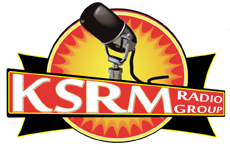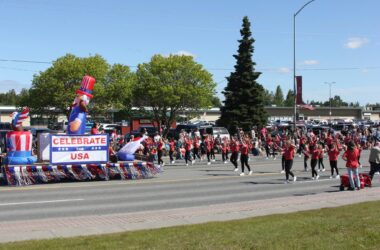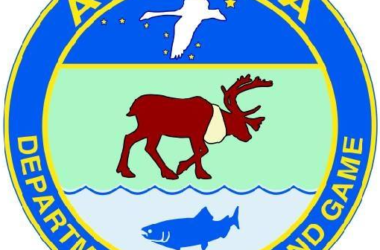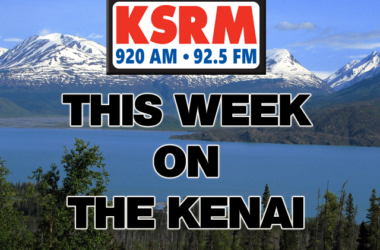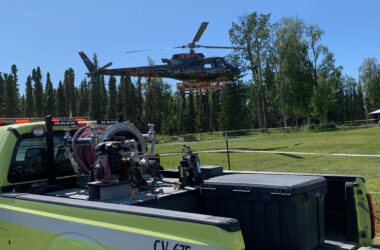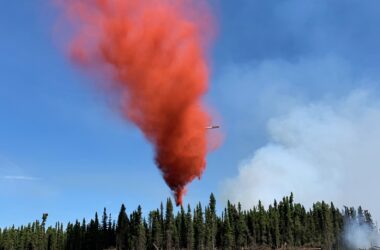Governor Mike Dunleavy held a press briefing on Tuesday evening to discuss the two preeminent emergencies in the state, including the flooding in Southeast Alaska, as well as an update on the COVID-19 pandemic.
General Torrence Saxe offered information about the flooding emergency: “With the widespread and very severe impact, the Governor did sign a state disaster declaration for the entire Southeast region. Some of the eligible support includes utilities, public bridges, state roads, and certain aspects of emergency response. The overall response continues; it is being monitored 24/7 by our state emergency operations center. We are completing a damage assessment to submit for a federal disaster declaration through FEMA and the Governor has given a go-ahead to file that as soon as we have the information. We have contacted FEMA and they know that it is coming.”
The Governor also reaffirmed the support the state is offering to the area: “The folks of Southeast Alaska: we are constantly having discussions about the situation down there. Our thoughts and prayers go out to all of the individuals impacted as a result of this disaster in Southeast Alaska. We’re committed, as a state, to doing anything and everything we can to help our fellow Alaskans in their time of need.”
Dunleavy also spent time discussing some of the improvements Alaska has made with regards to COVID-19, with lower COVID counts and hospitalizations reported on Tuesday than the state has seen in several weeks.
Alaska’s Chief Medical Officer, Dr. Anne Zink, also spoke with optimism, particularly with regards to vaccinations being available in Alaska: “Every pandemic, every major challenge has a beginning, a middle, and an end. Really, today was the first day of that – the beginning of our last chapter in this pandemic, starting to be able to vaccinate people. It’s not fully written, we’ve got a long way to go, but this is a pretty big turning point overall.”
Dr. Zink clarified which people are included in the first stage of vaccinations: “We are currently working on vaccinating what we call Tier 1 or Tier 2 of Phase 1A: that’s hospital-based frontline healthcare workers who are at highest risk for COVID-19 infection, long-term facility residents and staff, which also includes skilled-nursing facilities, assisted living facilities, the Department of Correction infirmaries that provide healthcare similar to that of assisted living, EMS and fire personnel, community health aides and practitioners, as well as individuals who are required for performing vaccination.”
